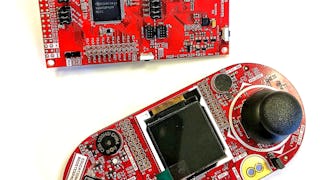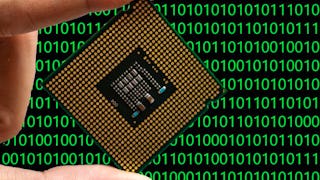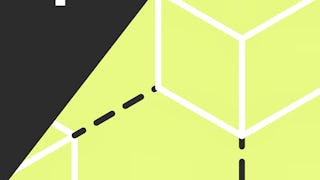Getting Started with BSP and Embedded C is a beginner-level course designed to help early embedded systems developers bridge the gap between hardware and code. Whether you're working with sensors, LEDs, or communication interfaces, success depends on your ability to configure and control hardware using well-structured Board Support Packages (BSPs). In this course, you'll learn to read hardware datasheets, write Embedded C routines to interface with peripherals, and architect reliable applications using layered BSP principles. Through short videos, hands-on labs, interactive coaching, and real-world case studies from IoT and automotive domains, you’ll gain practical experience in integrating GPIOs, timers, and UARTs in low-level embedded systems. By the end of this course, you’ll be able to build and debug simple hardware-backed applications with confidence—while laying the foundation for more advanced embedded development.



Getting Started with BSP and Embedded C

Instructor: Hurix Digital
Access provided by Universidad Tecnológica de Torreón
Recommended experience
Skills you'll gain
Details to know

Add to your LinkedIn profile
October 2025
See how employees at top companies are mastering in-demand skills

There are 3 modules in this course
In this foundational lesson, learners will explore what BSPs are, why they matter, and how they operate within embedded systems. They’ll examine BSP architecture, key components (like startup code, device drivers, and memory maps), and how BSPs abstract hardware complexity. Through real-world examples and guided walkthroughs, learners will gain the conceptual grounding needed to configure and use BSPs in practice.
What's included
3 videos2 readings1 assignment1 plugin
This lesson focuses on applying Embedded C with BSPs to control peripherals like GPIOs, timers, and UARTs. Learners will write and analyze real code that drives basic hardware functions and use simulation tools or boards to observe behavior. They'll also examine how low-level register access and high-level abstractions differ and when to use each.
What's included
3 videos1 reading1 assignment1 plugin
In the final lesson, learners will move from component-level code to full integration—tying BSP configuration, startup sequences, and application logic together. They’ll simulate or deploy an end-to-end embedded setup that uses multiple peripherals and structured BSP layers, reinforcing best practices and real-world adaptability.
What's included
4 videos1 reading3 assignments
Instructor

Offered by
Why people choose Coursera for their career




Explore more from Computer Science

University of Colorado Boulder

EDUCBA
¹ Some assignments in this course are AI-graded. For these assignments, your data will be used in accordance with Coursera's Privacy Notice.



